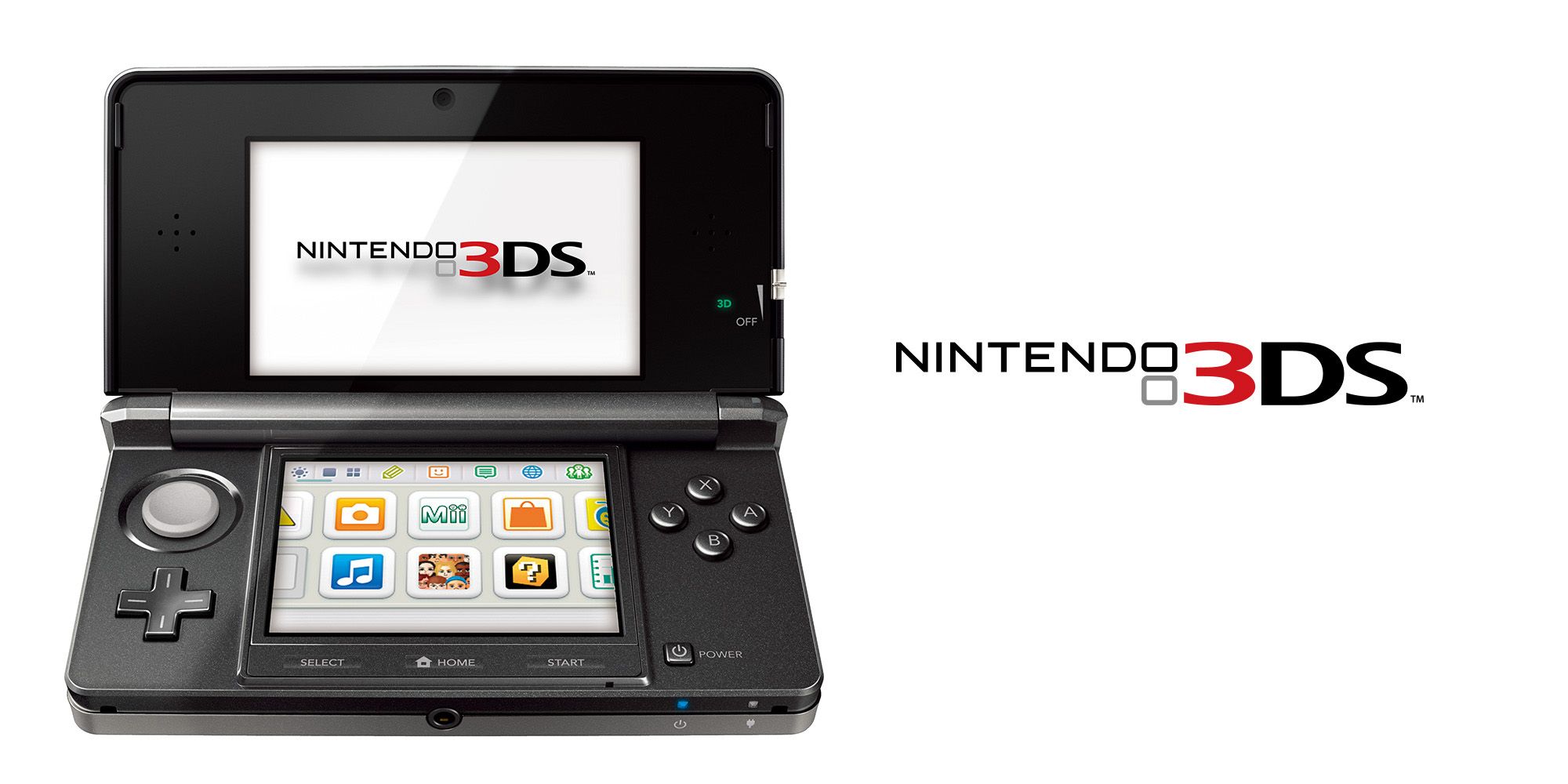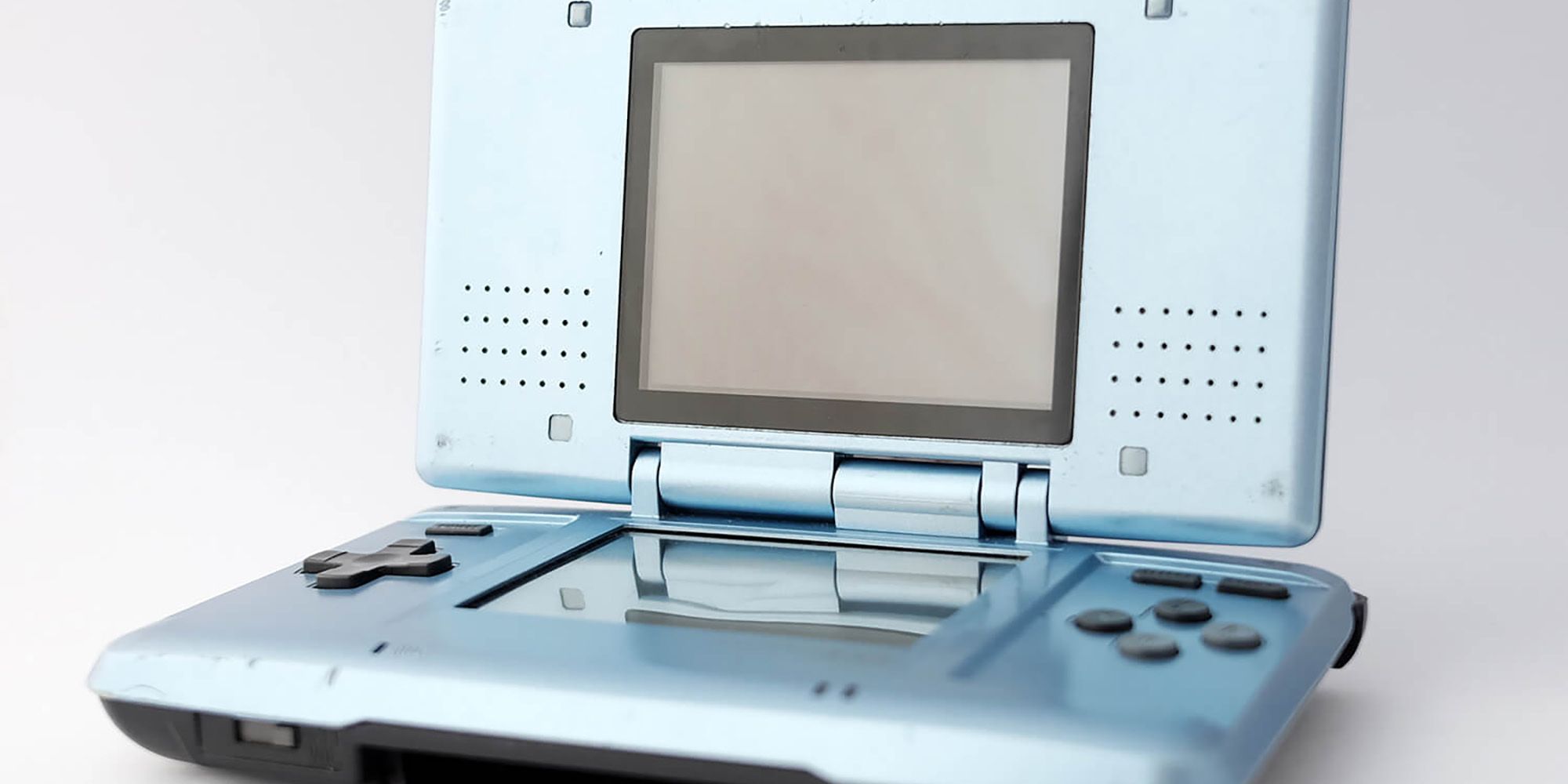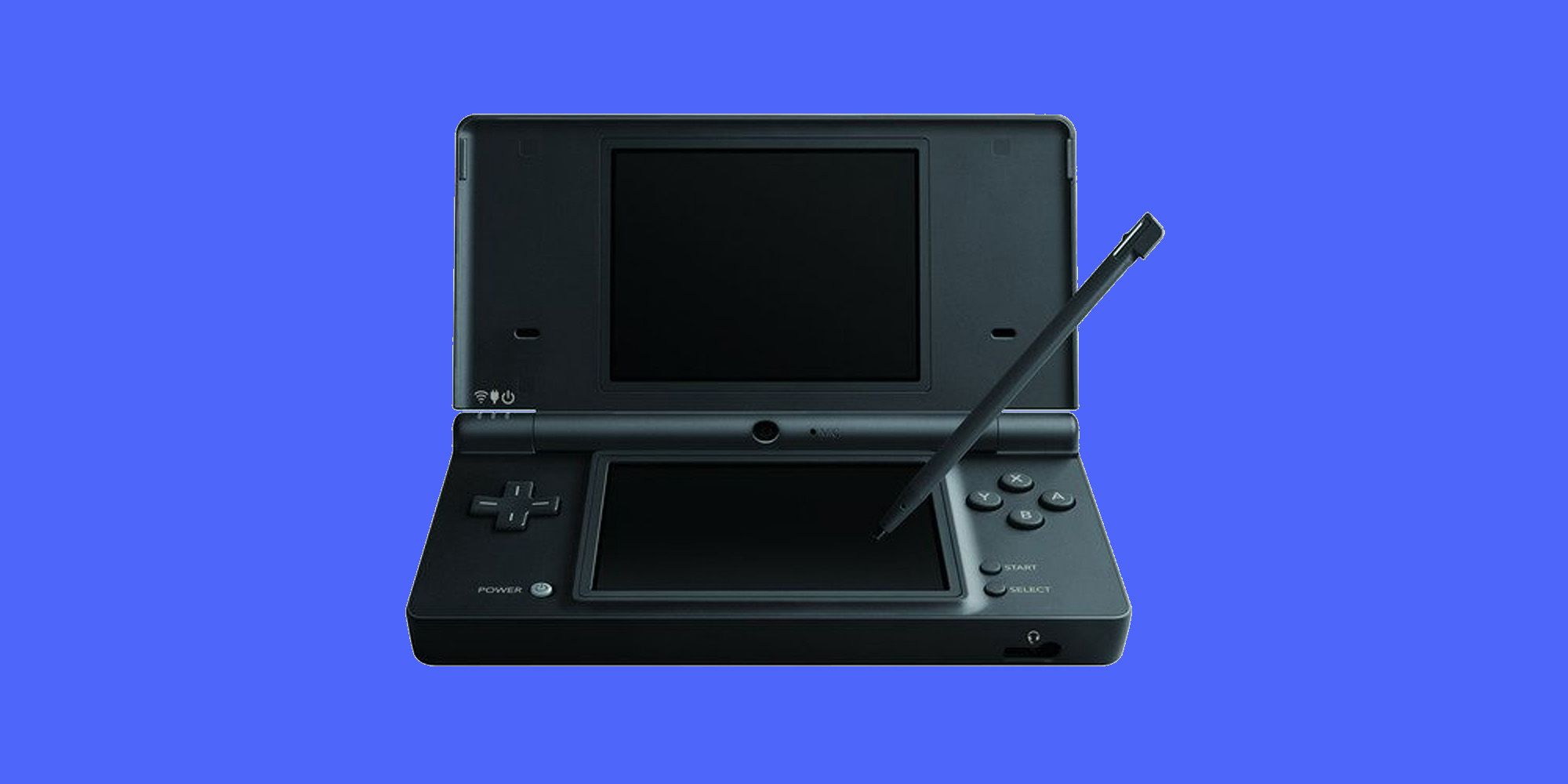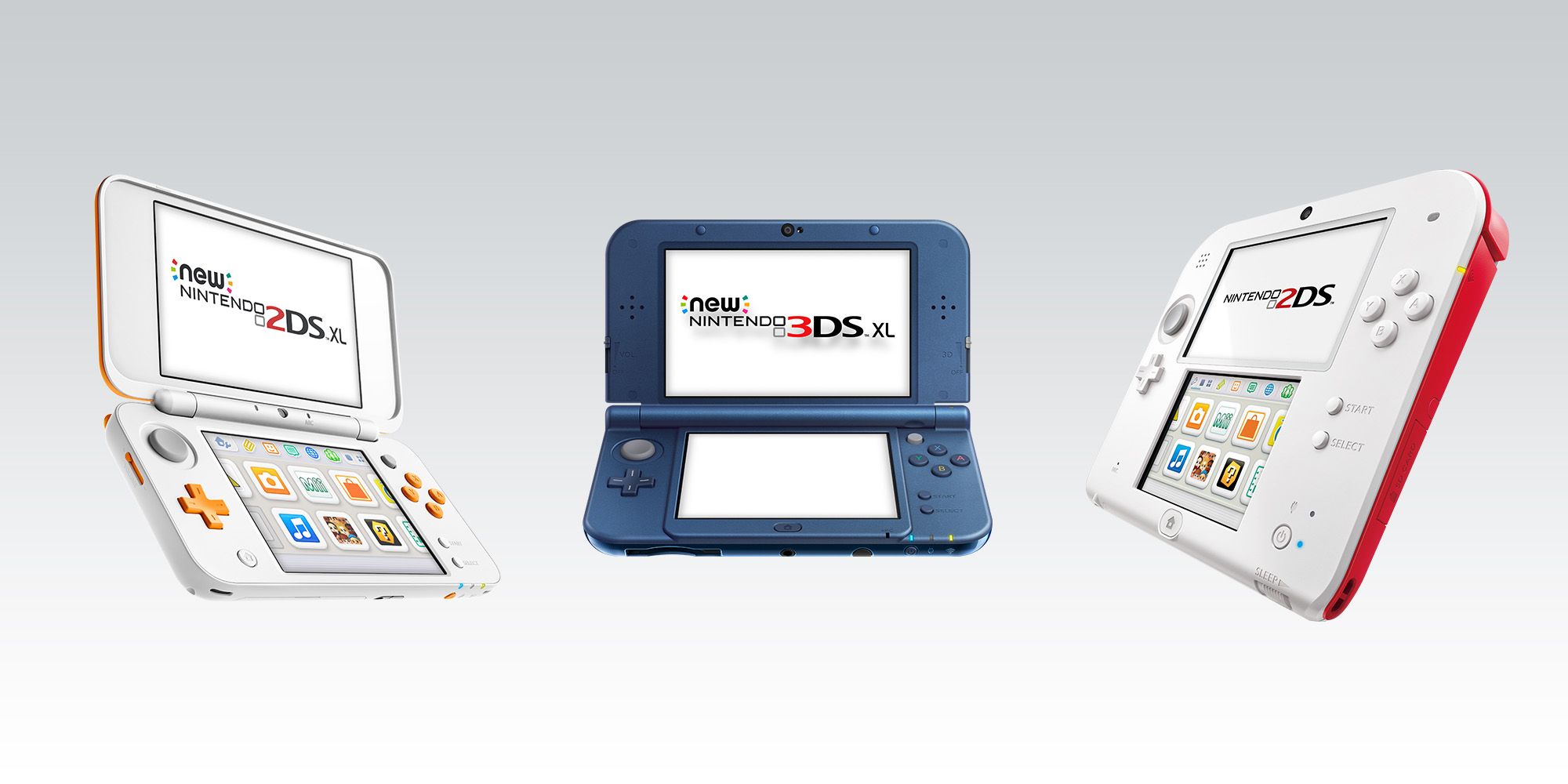Today, Nintendo dominates the handheld gaming market. Even when other companies tried to step into it, no one got it quite as right. Now, after hundreds of classic handheld titles and iterations, we've come to the end of an era. Nintendo has discontinued its 3DS line, the last of the stand-alone handhelds. Instead, it will be focusing on the Nintendo Switch with its ability to be both a home and handheld console. They've created the best of both worlds and are now moving away from separate handheld systems.
While the 2DS XL came out in 2017, the DS family tree has been around for almost 20 years. Now that the line has come to an end, let's look back and remember how far the system has come – starting way back in 2004 with the original Nintendo DS.
The Nintendo DS
When first revealed at E3, Reggie Fils-Aimé said the DS didn't just stand for Dual-Screen but Developer's System. That's because it was wildly different from the Game Boy family. The introduction of a touch screen and stylus was innovative and gave developers new ways to create gameplay. It had a microphone used for games too, most notably Nintendogs, along with other then-revolutionary features like a Sleep Mode and Wi-Fi connectivity. It was a whole new way to play handheld and even continued the Game Boy Advance legacy by using a secondary slot for GBA cartridges. The DS would also receive a 2006 refresh, the DS Lite, a smaller version with a bigger stylus, and longer-lasting battery.
The DS changed things for Nintendo, and those changes are still felt today. They carried on with interactivity in their consoles from the Wii to the Switch. The Touch Screen was a huge selling point, but there were other great features too. Download & Play allowed owners to share certain games by connecting to its owner's DS to download a copy of the game and play together. People could connect outside of games too through Picto Chat, a wireless message system. It could even use a web browser, although it wasn't something many users were fond of using.
Nintendo was already king in the handheld console arena, and the DS just solidified it. Though it endured some competition from the PlayStation Portable, Nintendo had already established the DS with more unique features and a bigger game library. The Nintendo DS is still the second-best-selling console to date, right next to the PS2.
The Nintendo DSi
Released in 2008, the DSi was slimmer with bigger screens but had to abandon the GBA cartridge slot to account for the size difference. It was still backward compatible with DS games, though, and the first Nintendo handheld to have an online shop.
Nintendo started adding innovative features to its handhelds with this version. The DSi could play music from SD cards, record and edit audio, and had front and back cameras that could take pictures that could also be edited. It was meant to introduce younger groups to photography and sound engineering thanks to simple apps with basic features. Filters, face recognition and adjustments for photos were similar to ones we see in apps today and were sharable with other DSi users.
It was a system meant for gaming and exploring creativity. It didn't sell as well as the original since it was mostly an upgrade, with many critics claimed the new features were gimmicky or low quality. A system refresh, the DSi XL, released in 2010 and was the first XL version of a Nintendo console. There was just one problem: the 3DS was right around the corner in 2011.
The Nintendo 3DS, 2DS and New 3DS
Nintendo once again innovated its handheld by introducing a 3D screen that didn't require accessories to use and could be turned off. Most 3DS games used it, including its built-in AR games. The 3DS wasn't without issues, though. The screen had to be at the correct angle to see it in 3D, and Nintendo expressed concerns about children's eye health. There was a bigger problem, though. A former Sony employee took Nintendo to US court over patent infringement with the 3D screen in 2013. He won, and Nintendo was initially ordered to pay $30.2 million in damages, but Nintendo continued to fight and got the fine down to 1.82% in royalties for each 3D handheld sale.
Again, previous features were improved, and new ones added. The cameras could now take 3D photos. Mii-Maker was added as part of 3DS profiles, and StreetPass was introduced as a way to meet people by merely passing by with 3DS' in sleep mode. It even recorded steps which turned into coins for StreetPass games. The eShop we use today was here first, but with its own library and handheld Virtual Console. It was also backwards compatible with DS and DSi games, although now region locked.
Despite this, many didn't see the need to upgrade from the DSi. Nintendo ended up dropping the 3DS' price to match the DSi XL for better sales. When DSi discontinued in 2014, the 3DS took over, and an XL version was released in 2012.
Nintendo released the 2DS in 2013 amid concerns over the 3D effect harming children's eyes. It had the same functions as the 3DS, only it was a single piece with no folding action, and omitted the 3D functions. It cost less but did so poorly the price had to be lowered in 2016 to under $100. An XL version was released in 2017, redesigning the system to look more like the traditional 3DS, including the clamshell design.
In 2015, the New Nintendo 3DS and its XL version came out with some improvements. It added a second, smaller joystick, which functioned like the Circle Pad Pro accessory for games like Monster Hunter and had a built-in NFC reader for Amiibos. It added facial detection to optimize the 3D effect and was larger than the 3DS. Only a few games came out taking advantage of the hardware improvements, but it had a SNES VC. It wasn't wholly new, though, and suffered the same problem as the DSi sales.




